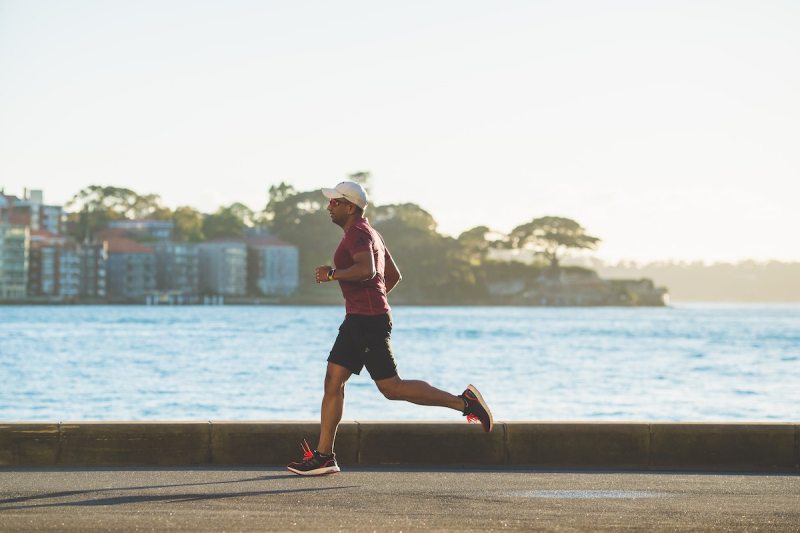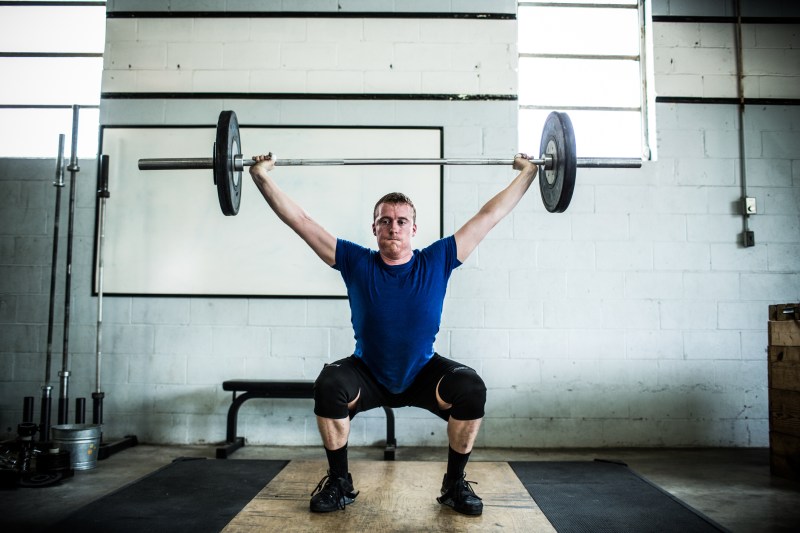Do you know the difference between muscle strength and muscle endurance? If not, this article will help you learn the difference, why they’re essential, and how to improve them. And these are just two of the five physical fitness components, with body composition, cardiovascular endurance, and flexibility being the other three.
Whether you’re working out or bending over to pick up your child, it is important to know how to improve your overall body composition to make these tasks easier. Let’s discover the best ways to grow your physical fitness expertise.
What Are the 5 Components of Physical Fitness?
1. Body Composition
Body composition is a way of breaking the body down into its core elements. Our bodies are made up of minerals, protein, fat, and water. Using measurements showing your body fat percentage and how much lean muscle mass you carry more accurately depicts your overall body composition than the commonly used Body Mass Index (BMI) because it only goes off your height and weight.
In order to improve your body composition, you can use tools like diet and exercise. For example, burpees and push-ups are effective exercises to add to your workout, and you can start trying to get at least eight to ten servings of vegetables each day. Most of us don’t even come close to getting that much! Enjoy salads with homemade oil and vinegar dressing, steam your veggies, and top them with spices.
Staying hydrated is also vital to body composition development. Our bodies are made up of at least 60% water, and we need to drink at over half our body weight in ounces to maintain that balance. If you’re working out and sweating a lot, you may need even more water. Have at least 10 ounces of water every 15 minutes or so to keep up with these standards.
2. Cardiovascular Endurance

Cardiovascular endurance measures how well you can do exercises that include your whole body at moderate to high intensity for at least 20 minutes, and it’s an important indicator of muscle and heart function and lung capacity.
Your muscles need oxygen to work correctly, and they need even more when you’re working out. If you don’t have strong cardiovascular endurance, you won’t be able to get enough oxygen to them, and this could leave you feeling dizzy even after just walking up a flight of stairs! Cardiovascular endurance can also lessen your risk of certain diseases like diabetes and ward off strokes.
Since there are so many ways you can improve your cardiovascular endurance, it’s crucial to pick the ones you will enjoy the most. That way, you’re more likely to do them. Try to include as many muscles in your workouts as you can, and some great examples are swimming, biking, hiking, and cross country skiing. Mix in some sports like soccer for fun or add some rowing for weight resistance.
How much exercise is enough to boost cardiovascular endurance? The University of Colorado Hospital suggests aiming for at least 30 minutes a day, three days a week. At that rate, you’ll see improvement in about eight weeks. Always remember to push yourself enough to feel challenged but not exhausted. Pay attention to your body, and slow down or stop if you feel the need because injury will only set you back.
3. Flexibility
Flexibility is the ability of a joint (or more than one joint) to move through a range of motion without pain. Having good flexibility means you won’t get injured as often when doing physical activities, and you’ll have less pain all over, as well. In addition, maintaining a certain level of flexibility helps your body stay in alignment and keep good posture. Flexibility also helps increase circulation, so you’re likely to feel less stiff after exercising.
You can improve your flexibility by doing yoga, dynamic stretches, and even getting a massage. For example, downward dog is an outstanding yoga move that gives you the most bang for your buck. This powerhouse move stretches the deltoids, hamstrings, gluteus maximus, quadriceps, and triceps.
Dynamic stretches like lunges or squats before a workout go a long way to enhancing range of motion. Arm circles and jumping jacks will work well, too. It’s also a smart idea to get regular massages. Massages break down knots in muscles and help them recover faster after a workout. You don’t need to go to an expensive spa if that’s not in your budget. An inexpensive foam roller before and after workouts will do the trick, and the upper back, calves, and quads are some good places to loosen up with it.
4. Muscular Endurance
Muscular endurance is a muscle or group of muscles’ ability to repeatedly lift, push, or pull weight over a long period of time. It can also refer to being able to stay in one position for more than a few seconds. This skill is responsible for the number of reps you can do when exercising. The greater your muscles’ capacity for repeated action, the more reps you can do.
If you’ve ever carried a heavy bag of groceries into the house, you know the importance of muscular stamina. Athletes with high stamina perform better and suffer fewer injuries. It’s even been known to help people with type 2 diabetes improve their insulin and blood sugar levels.
Bodyweight exercises are easy since you don’t need any equipment. Glute bridges, mountain climbers, and plank jacks will do the trick, and side lunges and squats are great choices, too.
Kettlebell swings will build that stamina more safely than lifting barbells if you’re at the gym. You can also do some pull-ups and chin-ups till your arms are tired. Grab a jump rope and see how long you can go. Hop on the rowing machine and try to add a few more reps each time.
5. Muscular Strength
Muscular strength is how much weight you can pull, lift, or push. It can improve your body composition and increase bone strength. If you have back pain or poor posture, it’s important to improve the strength of your back muscles. According to the National Library of Medicine, athletes need strong muscles to “perform general sports skills such as jumping, sprinting, and change of direction tasks.”
Increasing your muscle strength is easy to do at home. Use resistance bands or tubing when doing leg presses, bicep curls, or even for adding a challenge to squats. Substitute soup cans if you don’t have dumbbells when doing bent-over rows or dumbbell shoulder presses. Work your legs while doing side lunges by holding a medicine ball. Even things like shoveling or digging in the backyard can help. The same goes for incline walking and bicycling.
If you have access to gym equipment, bench and shoulder presses are a few tried and true muscle-building exercises. Leg presses will work your lower body, and dumbbell bent-over rows will work your back muscles. The deadlift is a classic that works your lower back, hips, glutes, traps, and forearms. Finally, do some bench presses to focus on your pecs, delts, and triceps.
Why You Need to Understand Physical Fitness
Understanding physical fitness can protect you from injury, take your workouts to a new level, and improve your overall health. As a matter of fact, the Centers for Disease Control and Prevention (CDC) associates routine physical activity with a decrease in diseases like cancer and type 2 diabetes. It’s also linked to a reduced risk of cardiovascular diseases and mental health issues.
With this knowledge about physical fitness, you can create workout routines that will maximize your time and effort. Whether focusing on your muscular endurance or your flexibility, you’re helping your mind stay in tip-top shape, too. We asked if you knew the easiest way to revamp body composition. Here’s how: Just work on the other four components regularly. Now that you know how to do that, you’re all set. Have fun getting happier and healthier!




